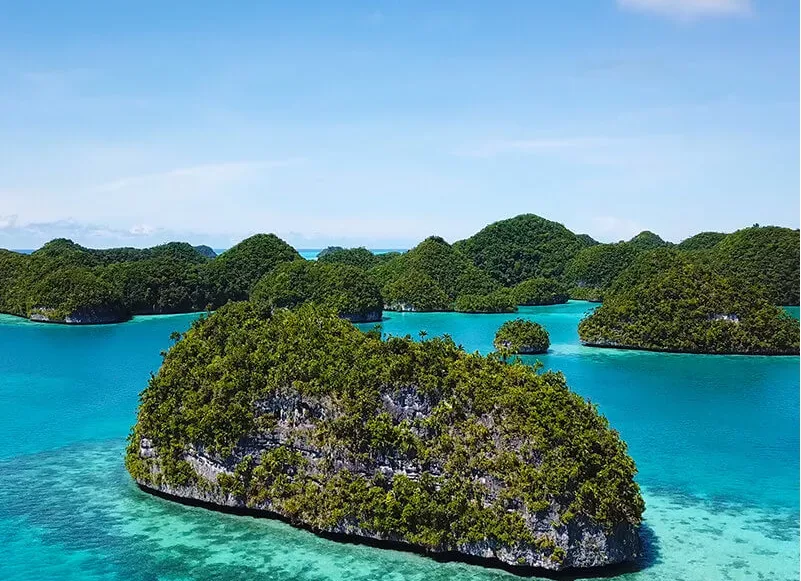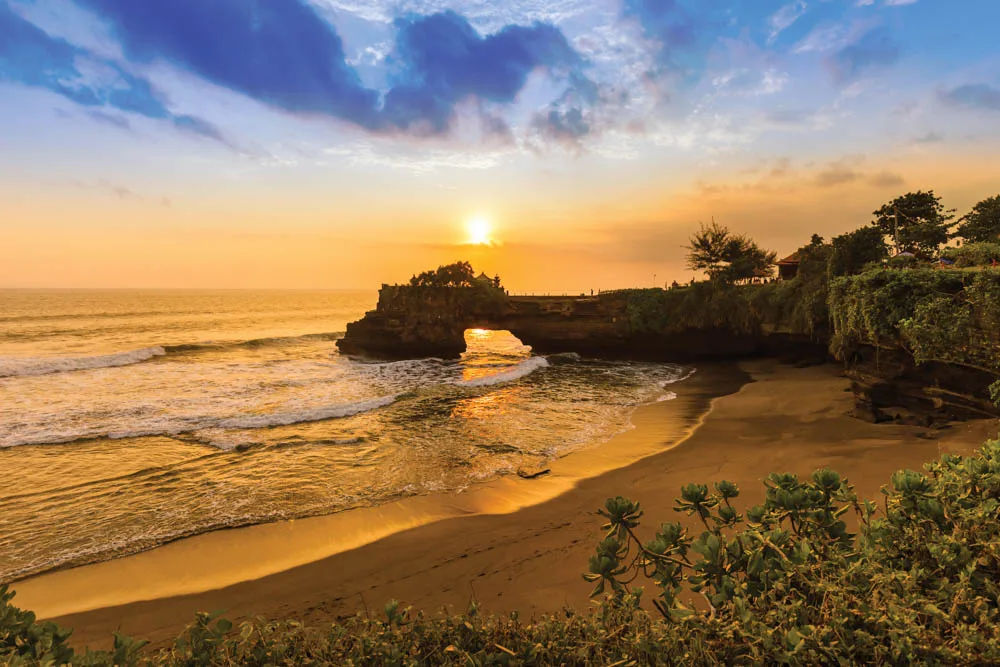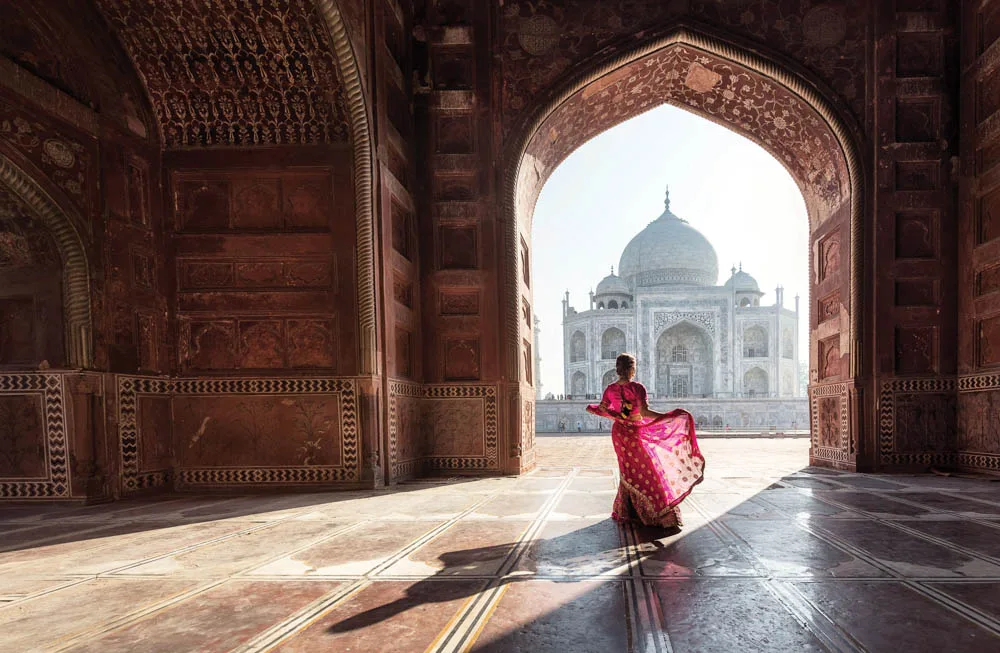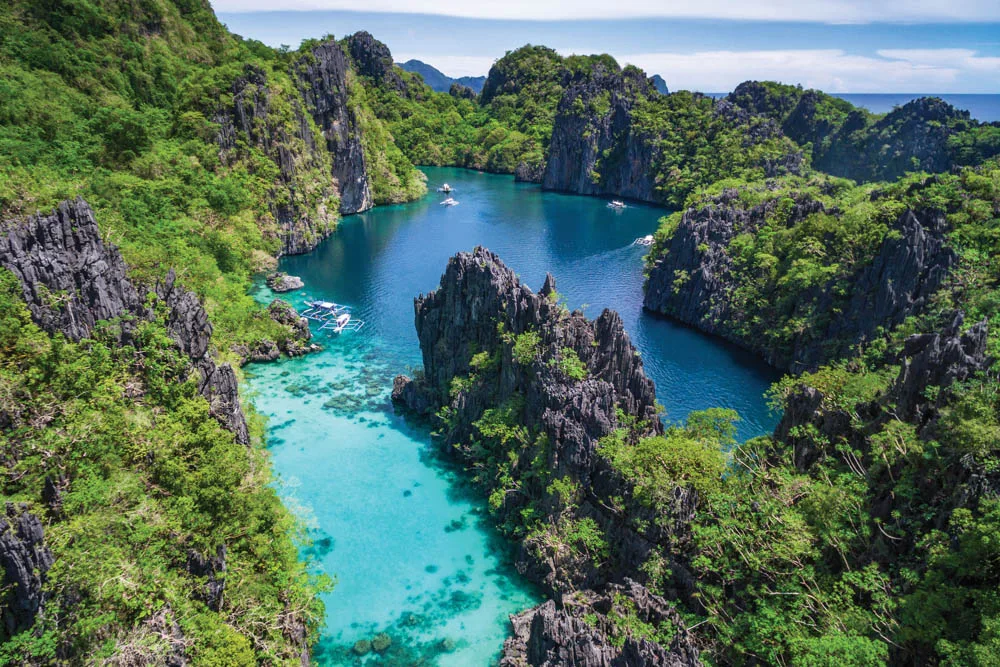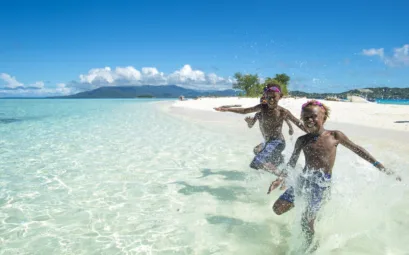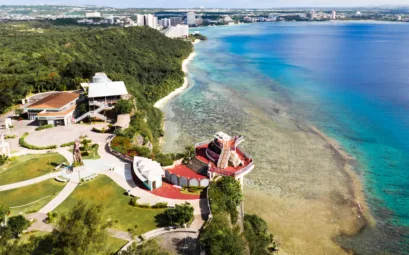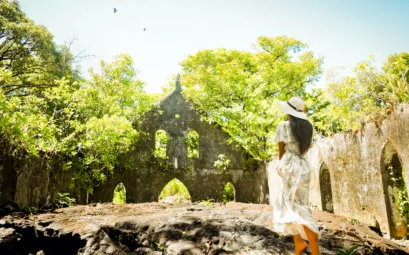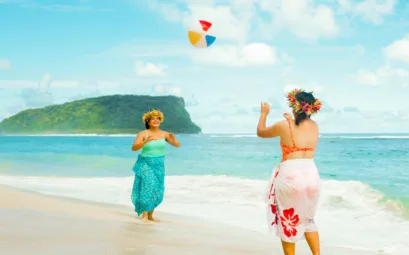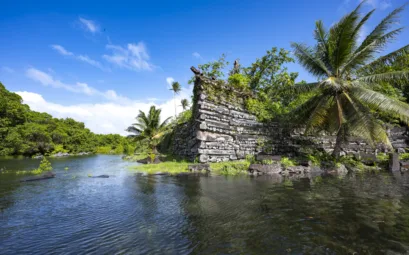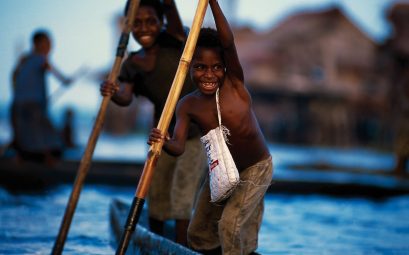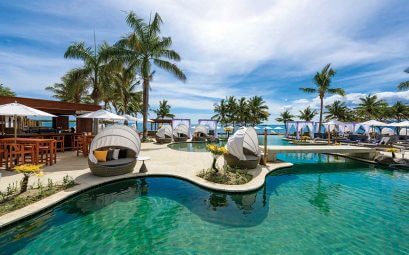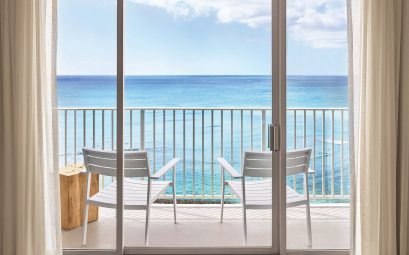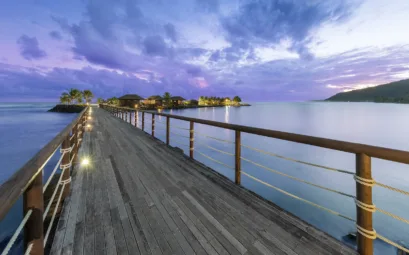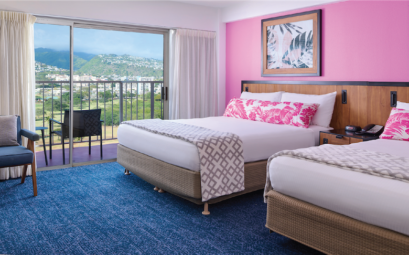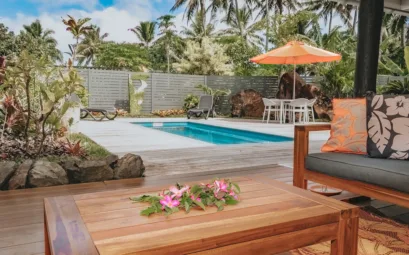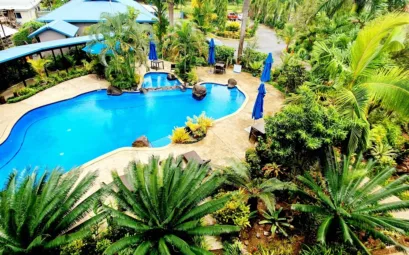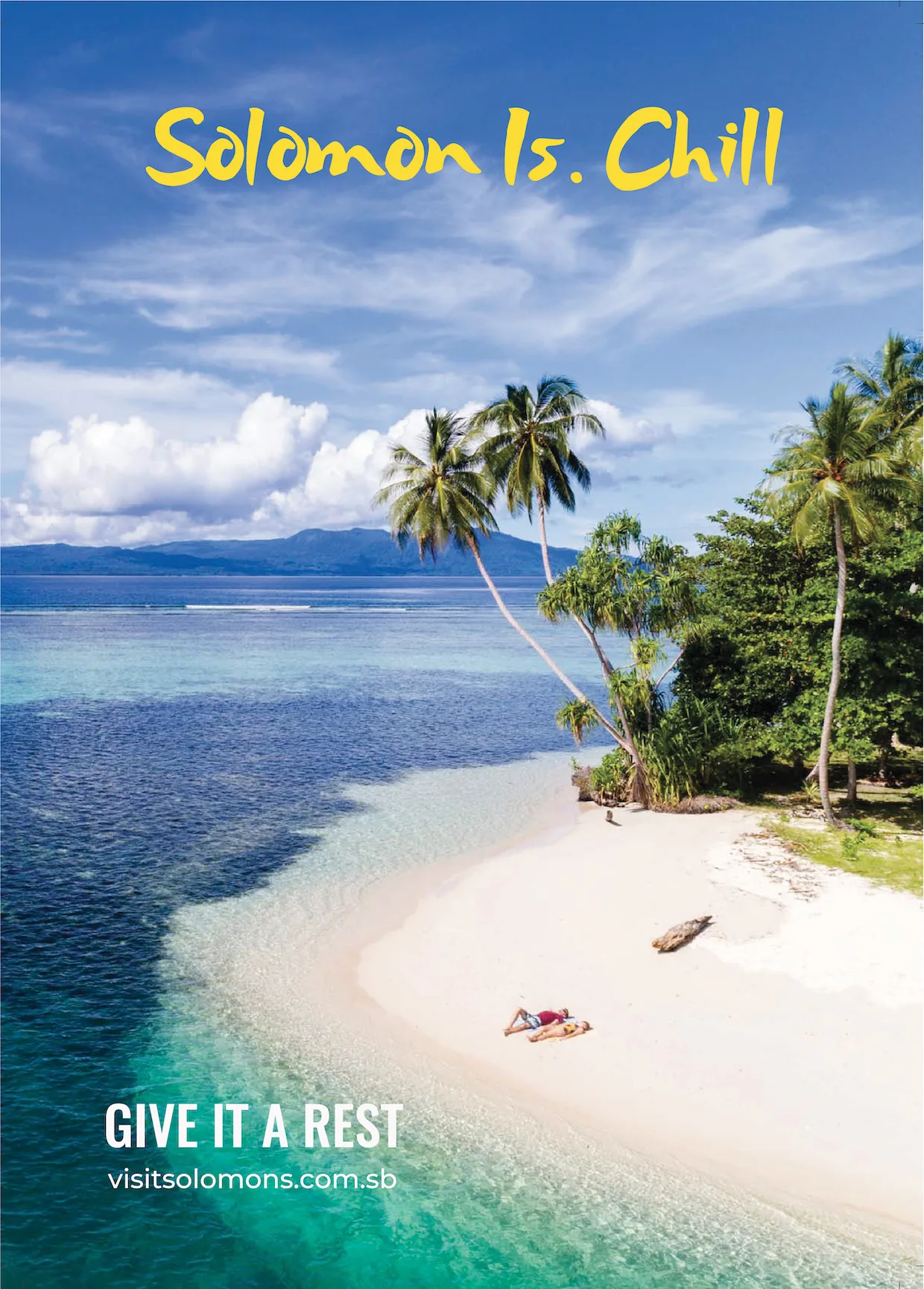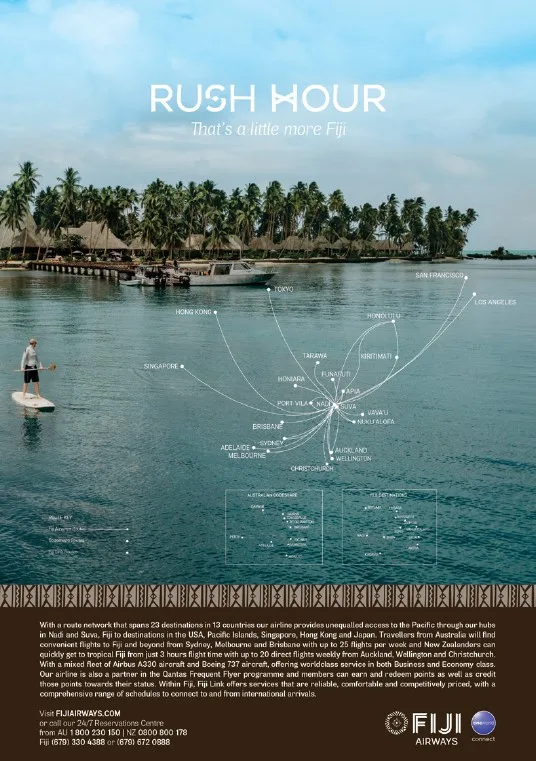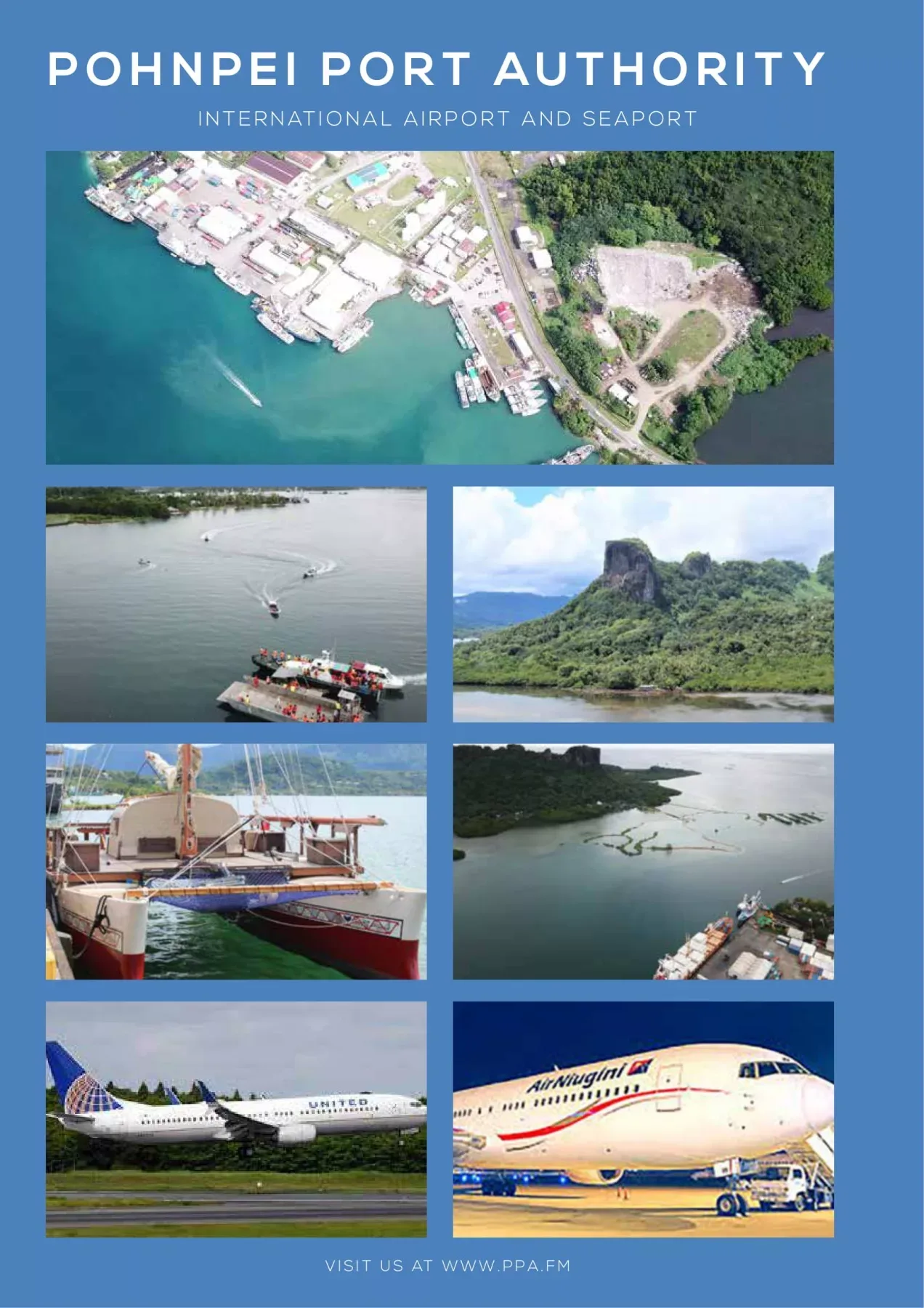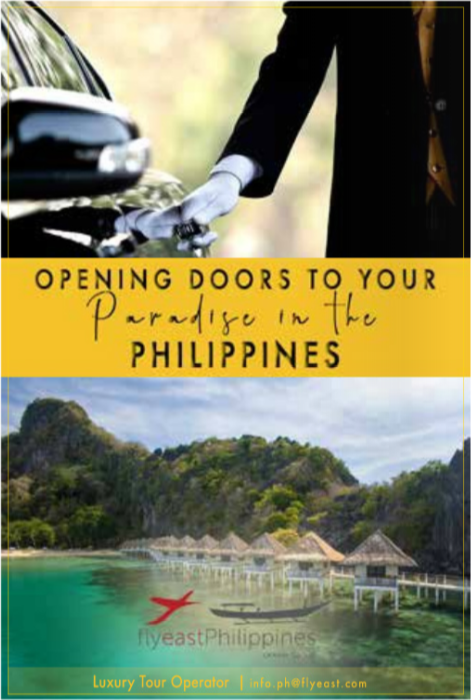Looking for a special Destination?
Select the areas of the world that interests you
Solomon Islands, Pacific
Honiara, the capital of the Solomon Islands, which is situated on Guadalcanal, has a population of around 130,200 and is located o...
Micronesia, Pacific
Like an emerald glistening in a velvet blue jewel case, the green peaks of Guam emerge from the surrounding waters of the Western ...
Samoa, Pacific
Scenic Savai’i is Samoa’s largest island at 80 kilometres long and 40 kilometres wide. Less populated, it is renowned for its...
Samoa, Pacific
The gateway to Samoa, Upolu is home to the international airport, the capital city, Apia, and the bulk of the country’s populati...
Micronesia, Pacific
This is the largest island in the Eastern Caroline Group and the capital of the FSM. It fits the typical South Sea island image...
Papua New Guinea, Pacific
Port Moresby is home to 200,000 people, with 700 diverse languages and cultures. The town consists of a complex traditional soc...
View featured accommodations
Get inspired, or change by destinations
Sponsors
Get inspired, or browse by interest
Hotel Partners
We partner with hotel chains across the globe to ensure a comfortable
stay wherever you travel!












Popular Destinations
Pacific
- American Samoa
- Cook Islands
- Aitutaki
- Rarotonga
- Fiji
- Coral Coast & Pacific Harbour
- Denarau Island
- Mamanuca And Yasawa Island
- Nadi
- Suva
- Hawaii
- Big Islands / Islands of Hawaii
- Kauai
- Maui
- Oahu
- Islands of Tahiti
- Micronesia
- Chuuk
- Guam
- Kosrae
- Marshall Islands
- Nauru
- Palau
- Pohnpei
- The Marianas
- Yap
- Papua New Guinea
- Port Moresby
- The Highlands & The Sepik
- Samoa
- Savai'I
- Upolu
- Solomon Islands
- Honiara
- Vanuatu
- Outer Islands
Asia
- Cambodia
- India
- Indonesia
- Bali
- Java
- Lombok
- Sulawesi
- Japan
- Malaysia
- Langkawi
- Sabah
- Maldives
- Philippines
- Luzon & Manila
- Palawan
- Visayas
- Singapore
- Sri Lanka
- Thailand
- Central Thailand, Bangkok & Hua Hin
- East Coast Thailand
- Koh Samui
- North Thailand
- Phuket
- South Thailand
- Vietnam
- Central Vietnam
- North Vietnam
- South Vietnam

